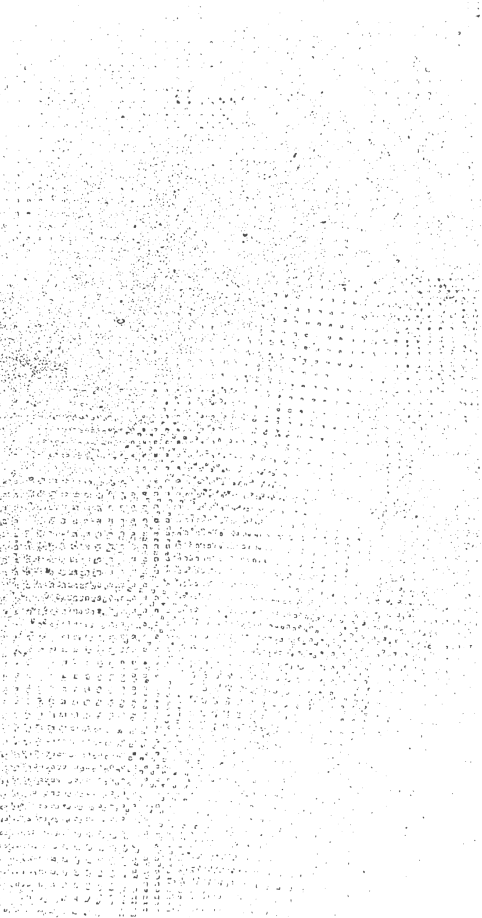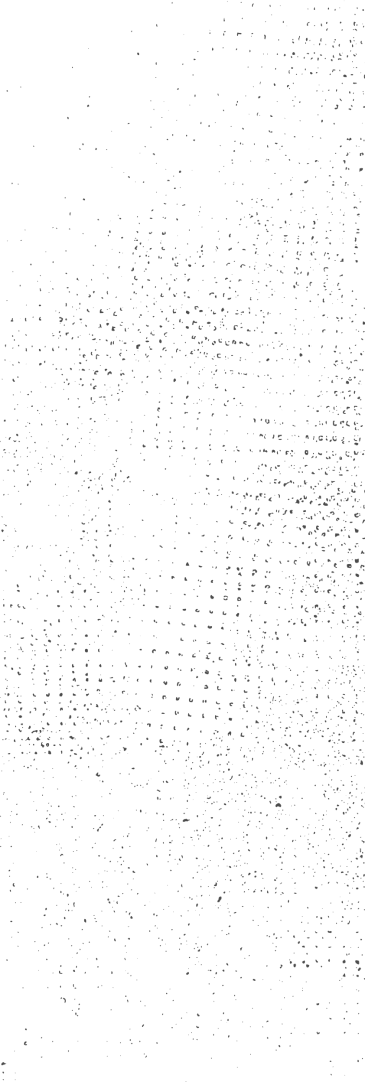How can data journalists apply an intersectional perspective? A conversation with Aarushee Shukla
A spotlight interview with 2021 Data Fellow Aarushee Shukla (India cohort)
Could you describe your background and what made you passionate about data journalism?
I am an independent researcher and development practitioner working at the intersection of gender and development. I am an economics graduate and a post-graduate in social work with a specialization in women-centered practices. I completed my post-graduation in 2020, and since then I have been working on looking at gender issues with an intersectional feminist lens. I am particularly interested in bringing individuals from the periphery into the center. Additionally, the center of my feminist philosophy is demystifying and democratizing information and knowledge, be it jargon or feminist literature and contextualizing it to the local context. I write articles, take up research projects, and most recently, host a television series called Critique and Create. On the show, we discuss topics that are considered frivolous by the mainstream media or are just not discussed at all.
You have been focused on intersectionality and decolonization in development. What needs to change to make the development field more intersectional and inclusive?
Intersectionality is a huge term that has a very basic meaning, which is that you are considering each and every person that is a part of the group for the program you are creating. The program is doomed from the start if the definition of intersectionality is not agreed upon and comprehensive. This is why it is important to have a universal definition where people’s different needs are heard and addressed. We also need to create the space for people to tell their own stories instead of telling stories for them.
It’s so easy for us to say that we should redistribute power, but it’s another matter altogether to actually do it. Even in Parliament, it is easy to say that some male members should give up their seats for more equal representation, but those members of course do not want to do that. And I have to ask myself, would I be willing to give up my seat? As individuals, we need to hold ourselves accountable at all times. If we start doing this in practice, we will be able to achieve a lot of things that we want to in theory.
Is there a way that you’ve incorporated intersectionality into data visualizations? How do you convey this concept into something tangible?
Honestly, I have struggled. In particular, accessibility is an issue when collecting data using online surveys, as these interfaces typically do not have screen readers, voice commands, etc. that would enable people with disabilities to participate. To overcome this, I speak with them on the phone and record their answers myself, but this is an incomplete and onerous process. Additionally, I originally wanted to incorporate as many languages spoken in India as possible. However, due to constraints, I had to keep the form in English and Hindi. I tried to capture intersectionality through collecting demographic data on each survey participant and create filters in Tableau across religion, caste, gender, and family income to see variation. Some major takeaways from this fellowship are that I’ll never compromise on the accessibility part and always make sure that the intersectionality aspect is there in my work.
Aarushee Shukla holds an M.A. in Social Work with specialization in Women Centered Practices from Tata Institute of Social Sciences, Mumbai. She is currently a Project Fellow for Articulating Women: Interrogating Intersectionality: Empowering Women through Critical Engagements. She is a freelance intersectional gender journalist and her articles have been featured in The Telegraph and SheThePeople. Her research interests lie in the intersection of gender with macro-level development indicators, feminist economics, policy as praxis and gender-disaggregated analytics.



